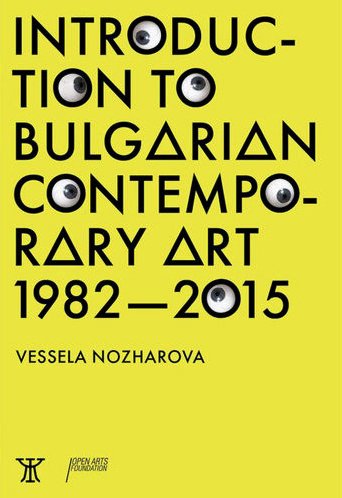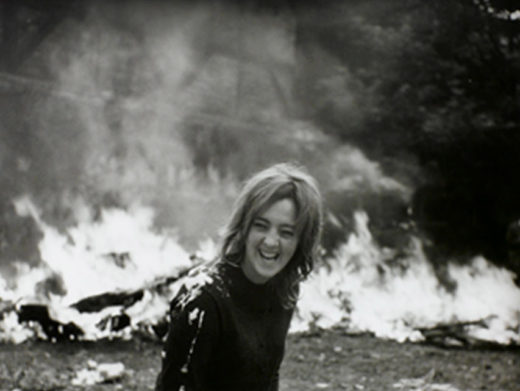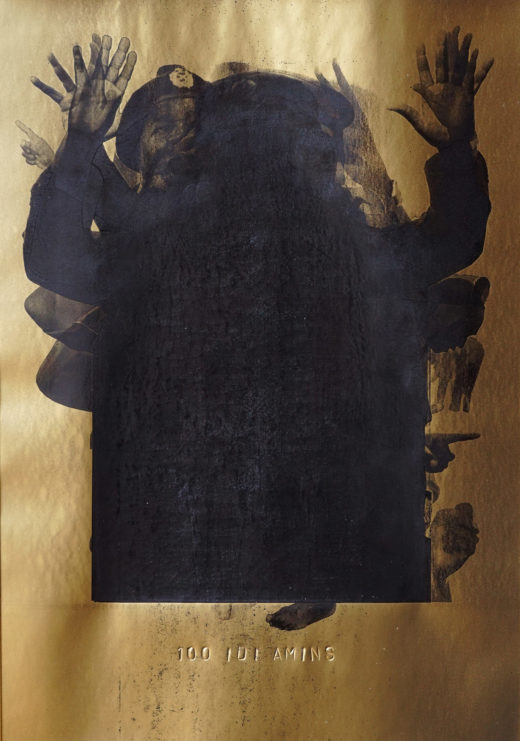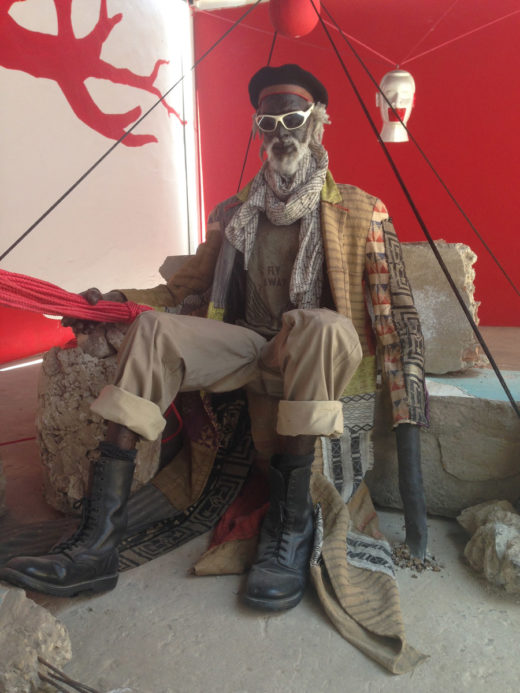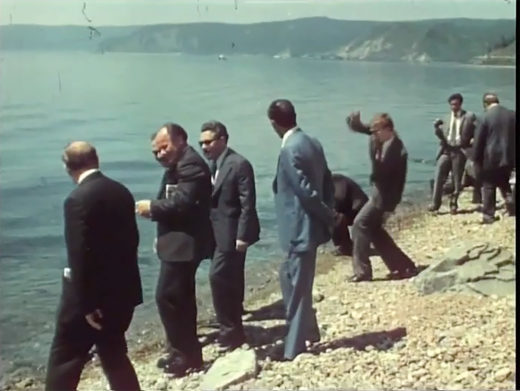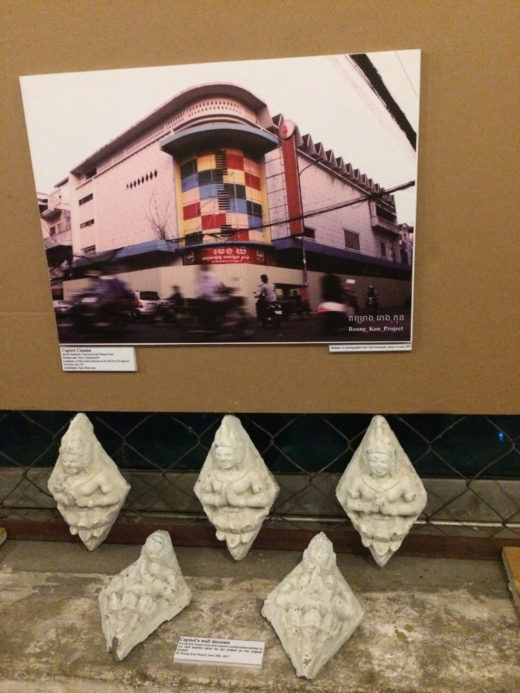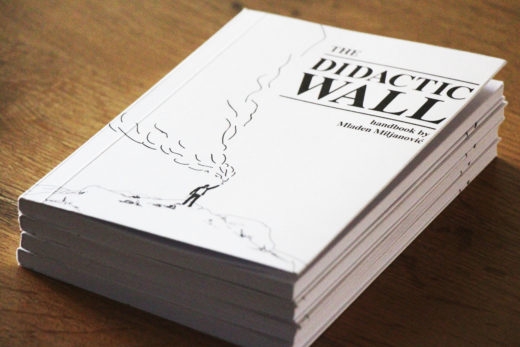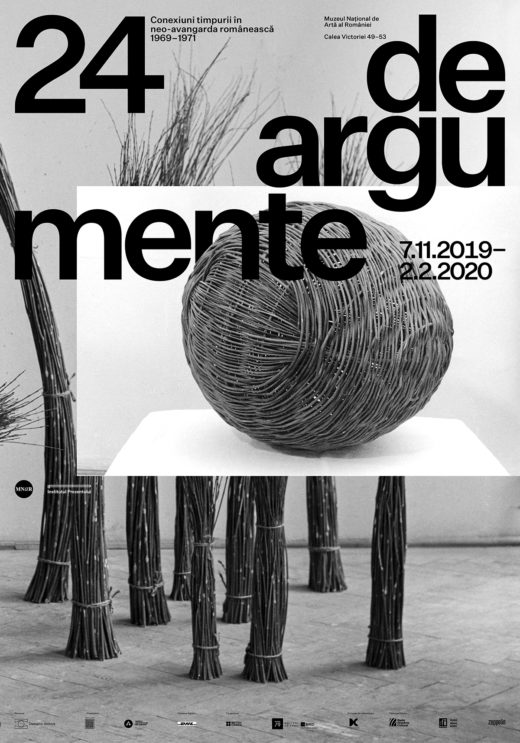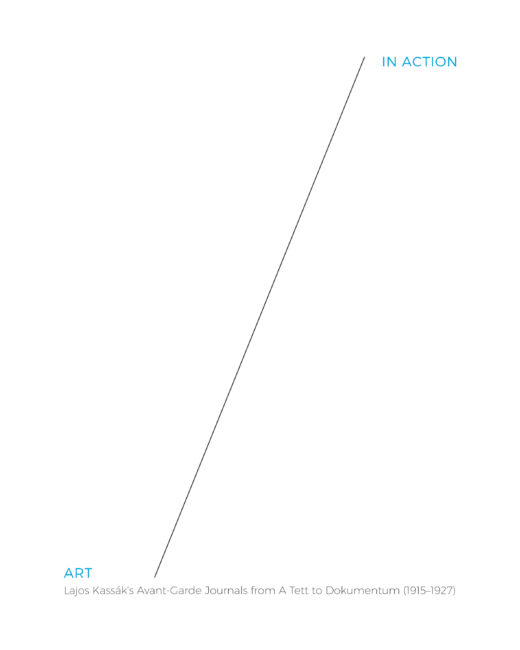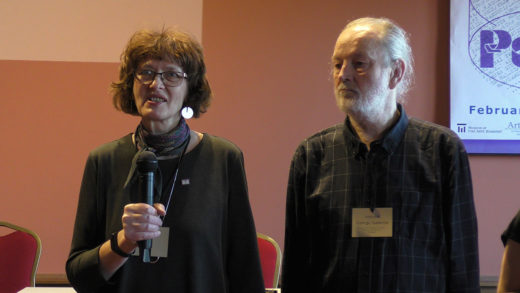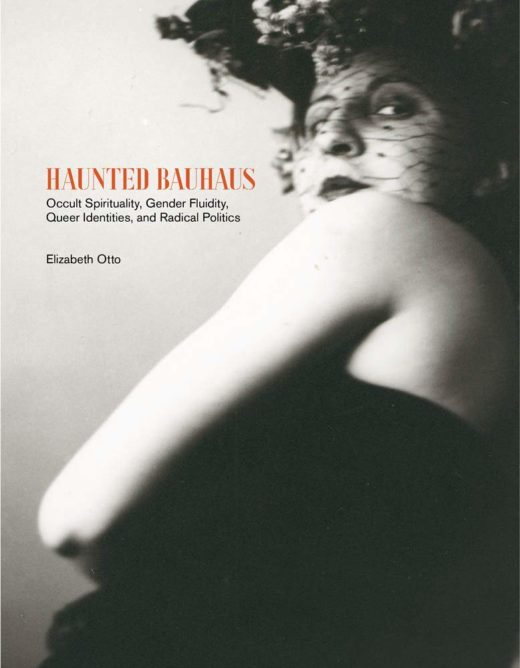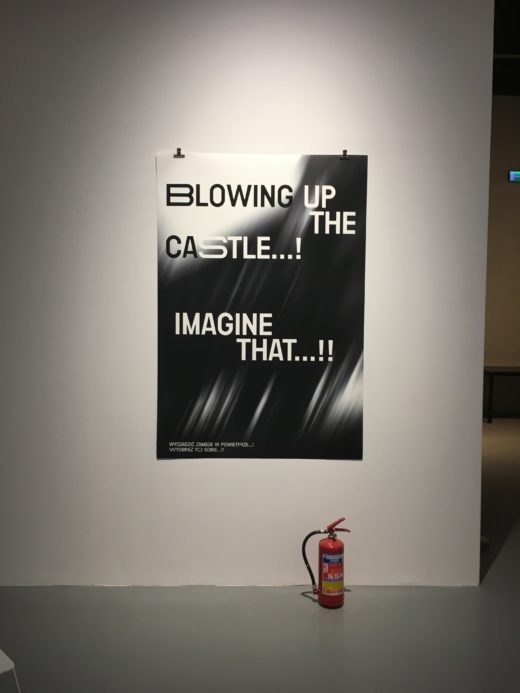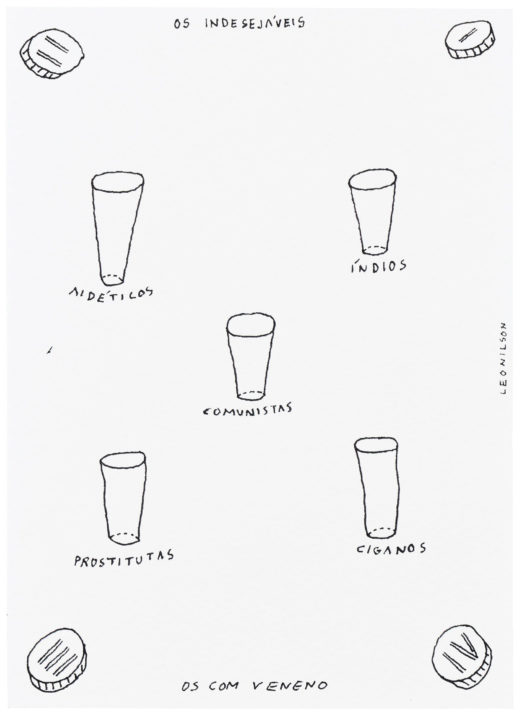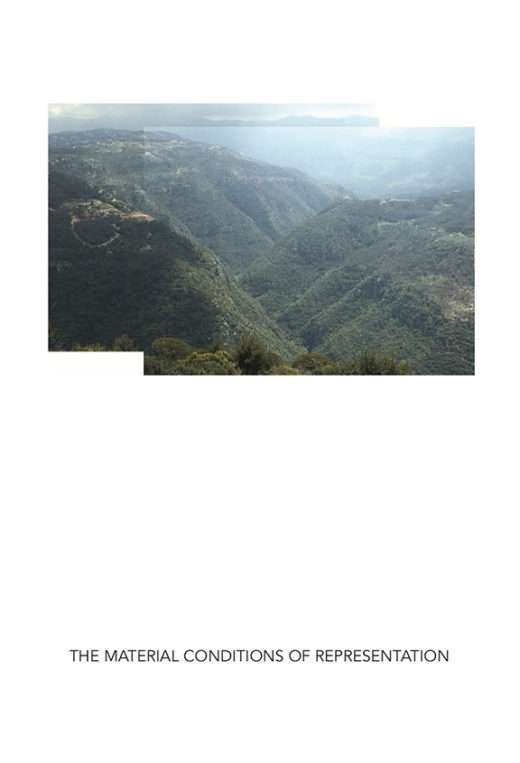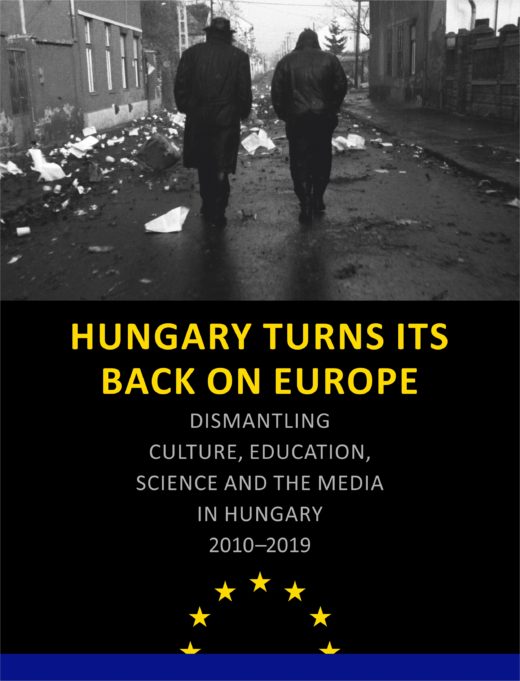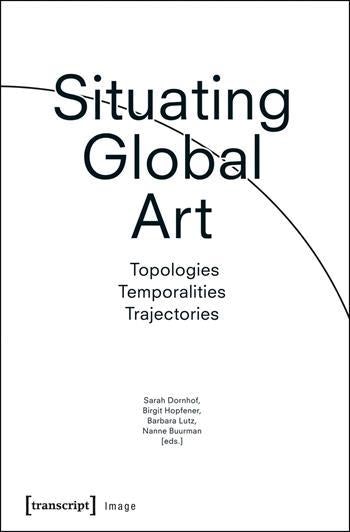Introduction to Bulgarian Contemporary Art (1982– 2015)
Vasela Nozharova, Introduction to Bulgarian Contemporary Art (1982– 2015) (Plovdiv: Janet 45 Publishing and the Open Arts Foundation, 2018), 301 pp.
Introduction to Bulgarian Contemporary Art (1982–2015), written by the Bulgarian curator and art critic Vesela Nozharova, is a monograph that is likely to become the first comprehensive history of Bulgarian art of the last decades. The book offers an interpretation of the artistic processes, social actors, and institutions in the visual arts, and examines their historical developments and contributions to the Bulgarian contemporary art scene. This pioneering endeavor presents definitions and hierarchies of what constitutes contemporary Bulgarian art … Read more

